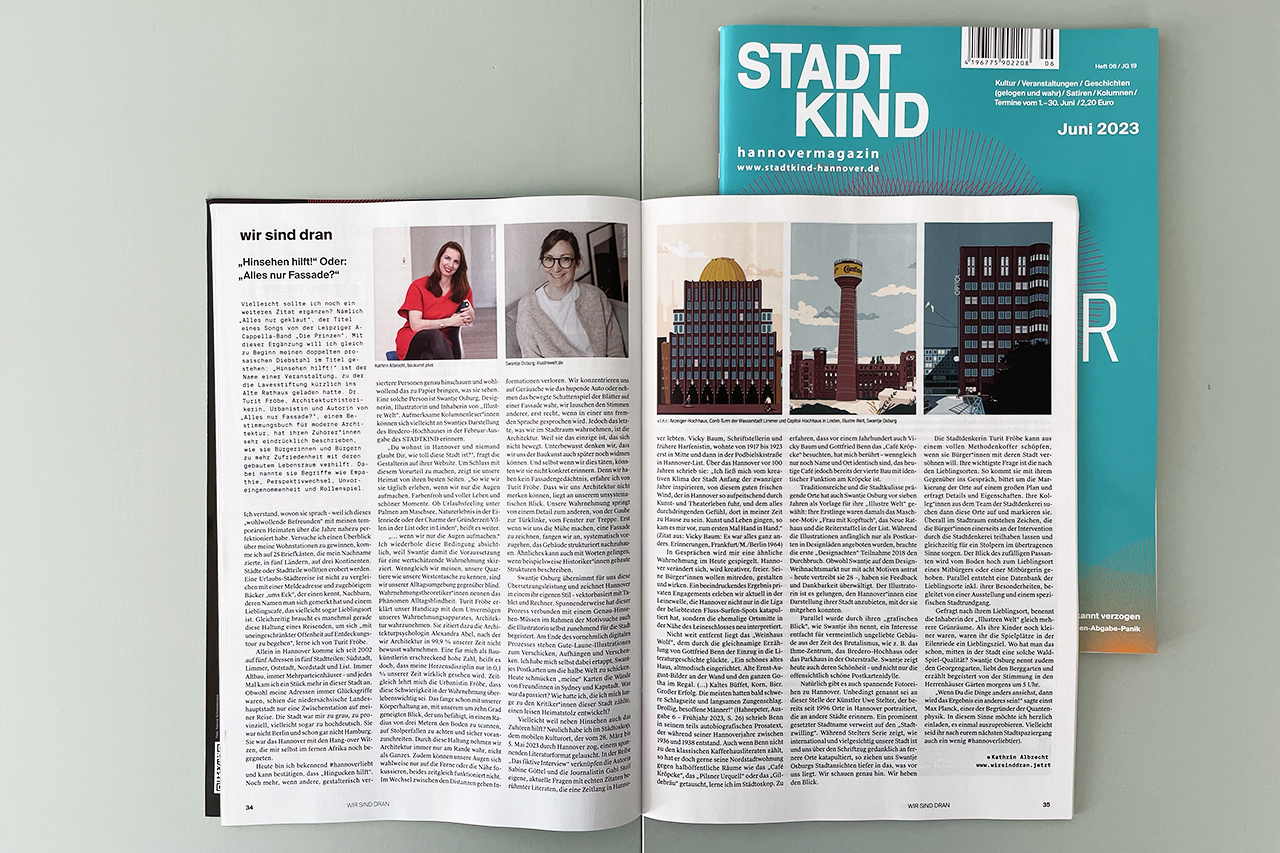
it’s our turn #5
“Looking helps!” Or: “All just a facade?”
Perhaps I should add another quote? Namely, “Alles nur geklaut”, the title of a song by the Leipzig a cappella band “Die Prinzen”. With this addition, I will confess right at the beginning to my double prosaic theft in the title: “Hinsehen hilft!” (“Looking helps!”) is the name of an event to which the Lavesstiftung recently invited people to the Old Town Hall. Dr. Turit Fröbe, architectural historian, urbanist and author of “Alles nur Fassade?” (“All just a facade?”), a book on modern architecture, described to her audience very impressively how she helps citizens to be more satisfied with their built environment. She mentioned terms such as empathy, change of perspective, impartiality and role play.
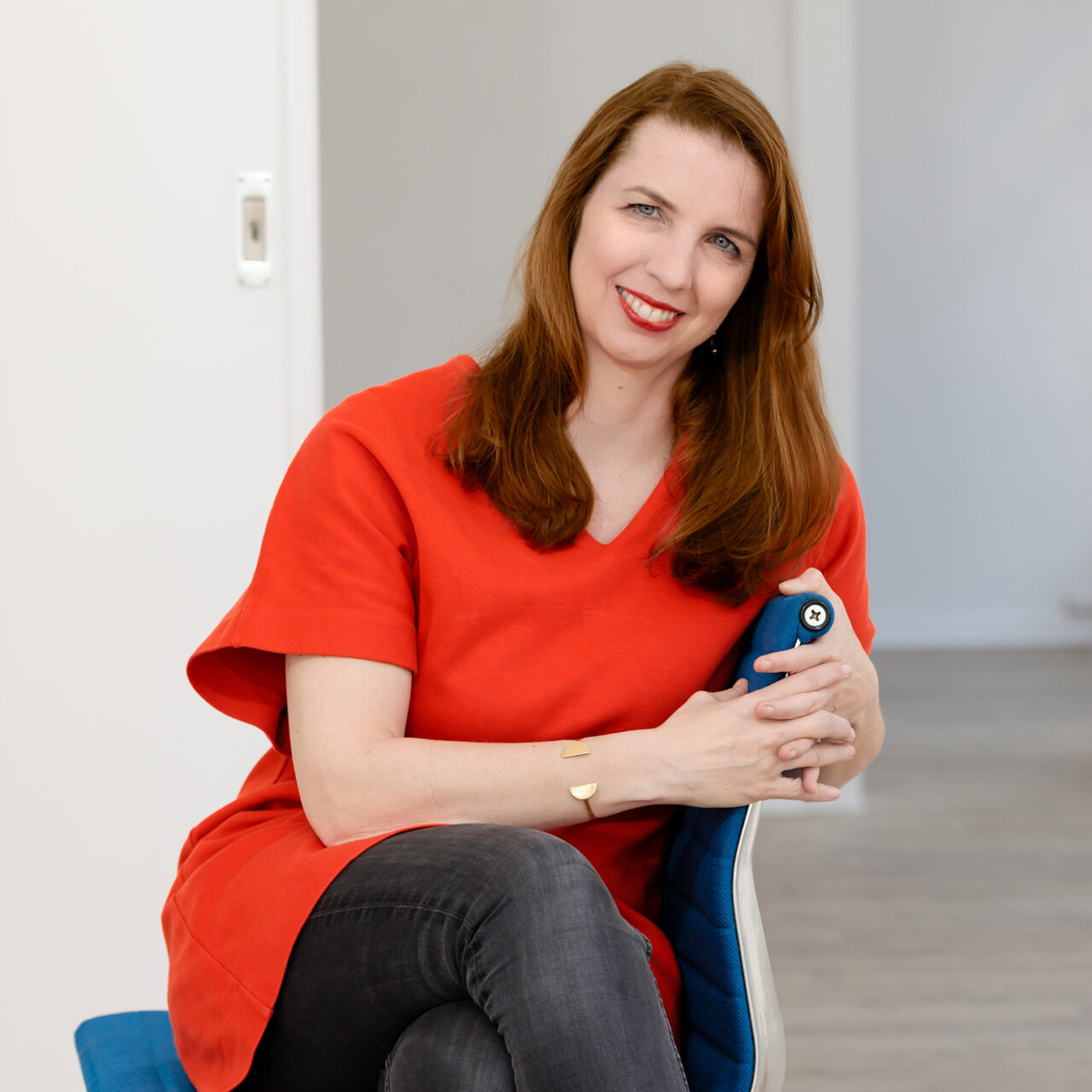
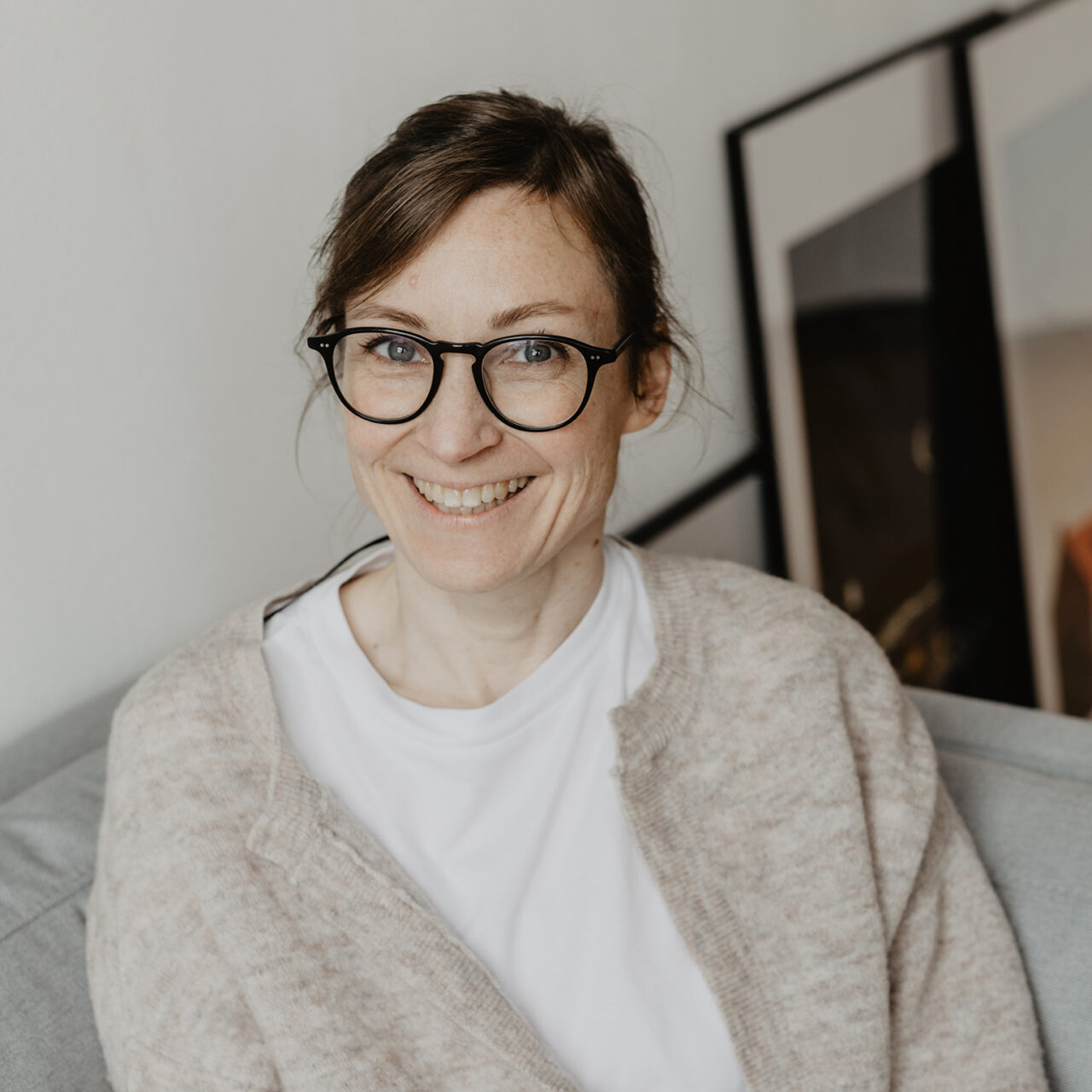
I understood what she was talking about – because I have almost perfected this “benevolent befriending” of my temporary homes over the years. If I try to get an overview of the places where I lived, I come up with 25 letterboxes adorned with my surname, in five countries, on three continents. Cities or districts wanted to be conquered. A holiday trip to a city cannot be compared to a registered address and the corresponding baker “around the corner” who knows you, neighbours whose names you have remembered and a favourite café that is perhaps even your favourite place. At the same time, I learn from Turit Fröbe that it is sometimes precisely this attitude of a traveller that is needed in order to “embark on a discovery tour with unrestricted openness”.
In Hanover alone, I have come across five addresses in five districts since 2002: Südstadt, Limmer, Oststadt, Nordstadt and List. Always old buildings, always apartment blocks – and each time I arrived in this city a little more. Although my addresses were always lucky finds, the capital of Lower Saxony seemed only a stopover on my journey. The city was too grey for me, too provincial, perhaps even too High German. It was not Berlin and certainly not Hamburg. It was Hanover with the hang-over jokes that I still encountered even in faraway Africa.
Today I’m a self-confessed #hannoverlover and can confirm that “looking helps”. Even more so when other, more creatively adept, people look closely and benevolently put on paper what they see. One such person is Swantje Osburg, designer, illustrator and owner of “Illustre Welt”. Attentive column readers may remember Swantje’s depiction of the Bredero high-rise in the February issue of STADTKIND. “You live in Hanover and nobody believes you how great this city is?” the designer asks on her website. To put an end to this prejudice, she shows our home from its best sides. “The way we experience it every day if we just open our eyes. Colourful and full of life and beautiful moments. Whether holiday feeling under palm trees at the Maschsee, nature experience in the Eilenriede or the charm of the Gründerzeit villas in the List or in Linden,” it continues.
“… if we only open our eyes”. I repeat this condition on purpose because Swantje outlines the prerequisite for an appreciative perception. Although we think we know our neighbourhoods like the back of our hand, we are blind to our everyday surroundings. Perception theorists call this phenomenon everyday blindness. Turit Fröbe explains our handicap with the inability of our perceptive apparatus to perceive architecture. She quotes the architectural psychologist Alexandra Abel, according to whom we do not consciously perceive architecture 99.9% of the time. A frighteningly high figure for me as a building artist, as it means that my heart’s discipline is only really seen in 0.1% of our time. At the same time, the urbanist Fröbe teaches me that this difficulty in perception is essential for survival. It starts with our posture, with our gaze tilted by ten degrees, which enables us to scan the ground within a radius of three metres, to watch out for tripping hazards and to move forward safely. This posture means that we always perceive architecture only at the periphery, not as a whole. In addition, our eyes can choose to focus only on the distance or the near, both at the same time do not work. In the alternation between the distances, information is lost. We concentrate on sounds like the honking car or perceive the moving play of shadows of the leaves on a façade, we listen to the voices of others, especially when they speak in a language that is foreign to us. However, the last thing we perceive in urban space is the architecture. Because it is the only thing that does not move. Subconsciously, we think that we can devote ourselves to architecture later. And even if we did, we would not be able to remember it concretely. Because we have no memory for façades, I learn from Turit Fröbe. The fact that we cannot remember architecture is due to our unsystematic gaze. Our perception jumps from one detail to another, from the dormer to the door handle, from the window to the stairs. Only when we take the trouble to draw a façade do we begin to proceed systematically, to reconstruct the building in a structured way. Something similar can also be achieved with words, for example when historians describe built structures.
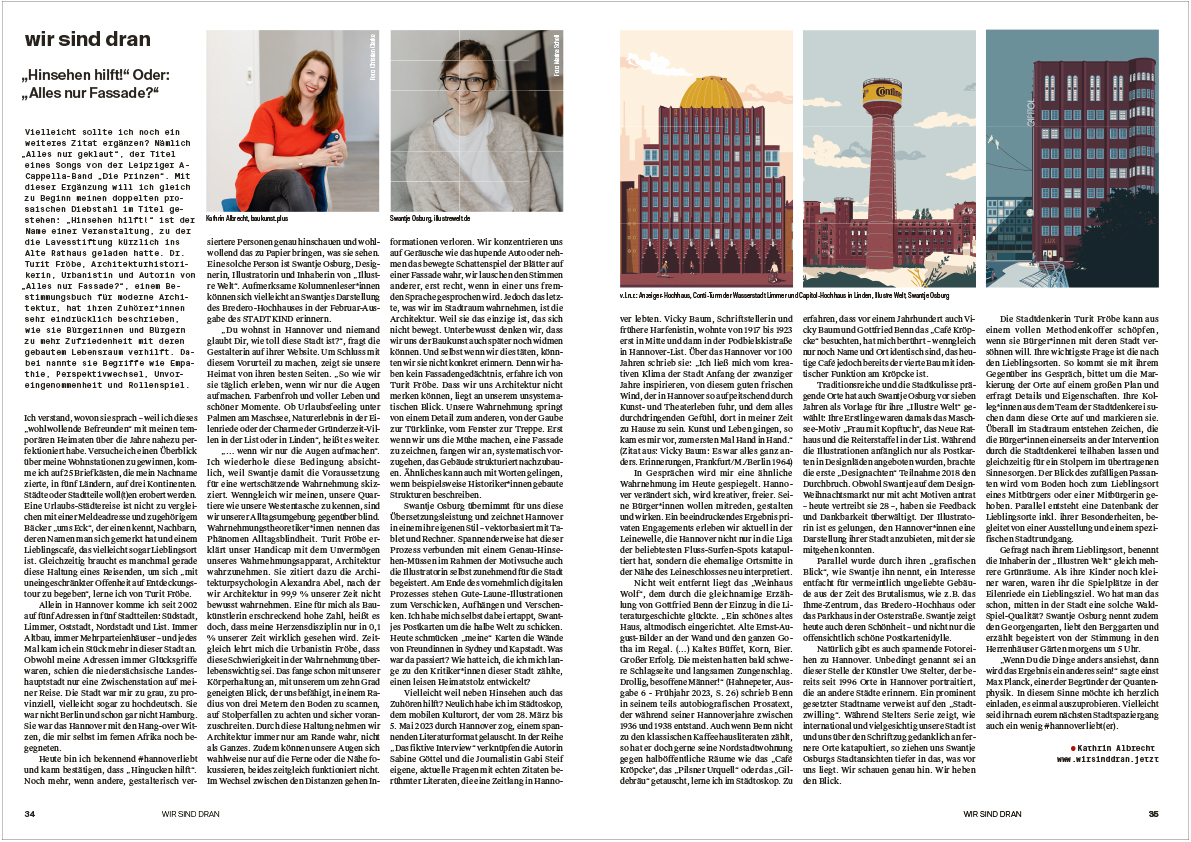
Swantje Osburg takes over this translation work for us and draws Hanover in her own style – vector-based with tablet and computer. Excitingly, this process, combined with the need to look closely during the search for motifs, has also made the illustrator herself increasingly enthusiastic about the city. At the end of the primarily digital process, there are good-humour illustrations to send, hang up and give away. I found myself sending Swantje’s postcards halfway around the world. Today, “my” cards adorn the walls of friends in Sydney and Cape Town. What had happened? How had I, who had long counted myself among the critics of this city, developed a quiet pride in home?
Perhaps because listening helps as well as looking? The other day I listened to an exciting literary format at Städtoskop, the mobile cultural venue that toured Hanover from 28 March to 5 May 2023. In the series “The Fictional Interview”, author Sabine Göttel and journalist Gabi Steif link their own topical questions with real quotes from famous literary figures who lived in Hanover for a time. Vicky Baum, writer and former harpist, lived first in Mitte and then in Podbielskistraße in Hannover-List from 1917 to 1923. She wrote about Hanover 100 years ago: “I was inspired by the creative climate of the city in the early twenties, by that good fresh wind that drove so exhilaratingly through Hanover’s art and theatre life, and the all-pervading feeling of being at home there in my time. Art and life, it seemed to me, went hand in hand for the first time.” [Quote from: Vicky Baum: Es war alles ganz anders. Erinnerungen, Frankfurt/M./Berlin 1964]
In conversations, a similar perception is mirrored to me today. Hanover is changing, becoming more creative, freer. Its citizens want to have a say, shape and have an impact. We are currently experiencing an impressive result of private commitment in the Leinewelle, which has not only catapulted Hannover into the league of the most popular river surfing spots, but is also reinterpreting the former town centre near the Leineschloss. Not far away is the “Weinhaus Wolf”, which made its way into literary history through the story of the same name by Gottfried Benn. “A beautiful old house, furnished in an old-fashioned way. Old Ernst August pictures on the wall and the whole of Gotha on the shelf. (…) Cold buffet, Korn, beer. Great success. Most of them soon had a heavy head and slow tongue. Droll, drunken men!” [Hahnepeter, Edition 6 – Spring 2023, p. 26] wrote Benn in his partly autobiographical prose text, written during his Hanover years between 1936 and 1938. Even though Benn was not one of the classic coffee house literati, he liked to swap his Nordstad flat for semi-public spaces like the “Café Kröpke”, the “Pilsner Urquell” or the “Gildebräu”, I learn in Städtoskop. I was touched to learn that a century ago Vicky Baum and Gottfried Benn also frequented the “Café Kröpke” – even though only the name and location are still identical, but today’s café is already the fourth building with an identical function on the Kröpke.
Seven years ago, Swantje Osburg also chose places rich in tradition and characteristic of the city setting as models for her “Illustre Welt”: At the time, her firsts were the Maschsee motif “Woman with Headscarf”, the New Town Hall and the Equestrian Squadron in the List. While the illustrations were initially only offered as postcards in design shops, the first “Designachten” participation in 2018 brought the breakthrough. Although Swantje only competed with eight motifs at the Design Christmas Market – today she sells 28 – feedback and gratitude overwhelmed her. The illustrator succeeded in offering Hanoverians a representation of their city that they could go along with. At the same time, her “graphic gaze”, as Swantje calls it, sparked an interest in supposedly unloved buildings from the Brutalist period, such as the Ihme Centre, the Bredero high-rise or the multi-storey car park in Osterstraße. Swantje also shows their beauty today – and not just the obviously beautiful postcard idyll.
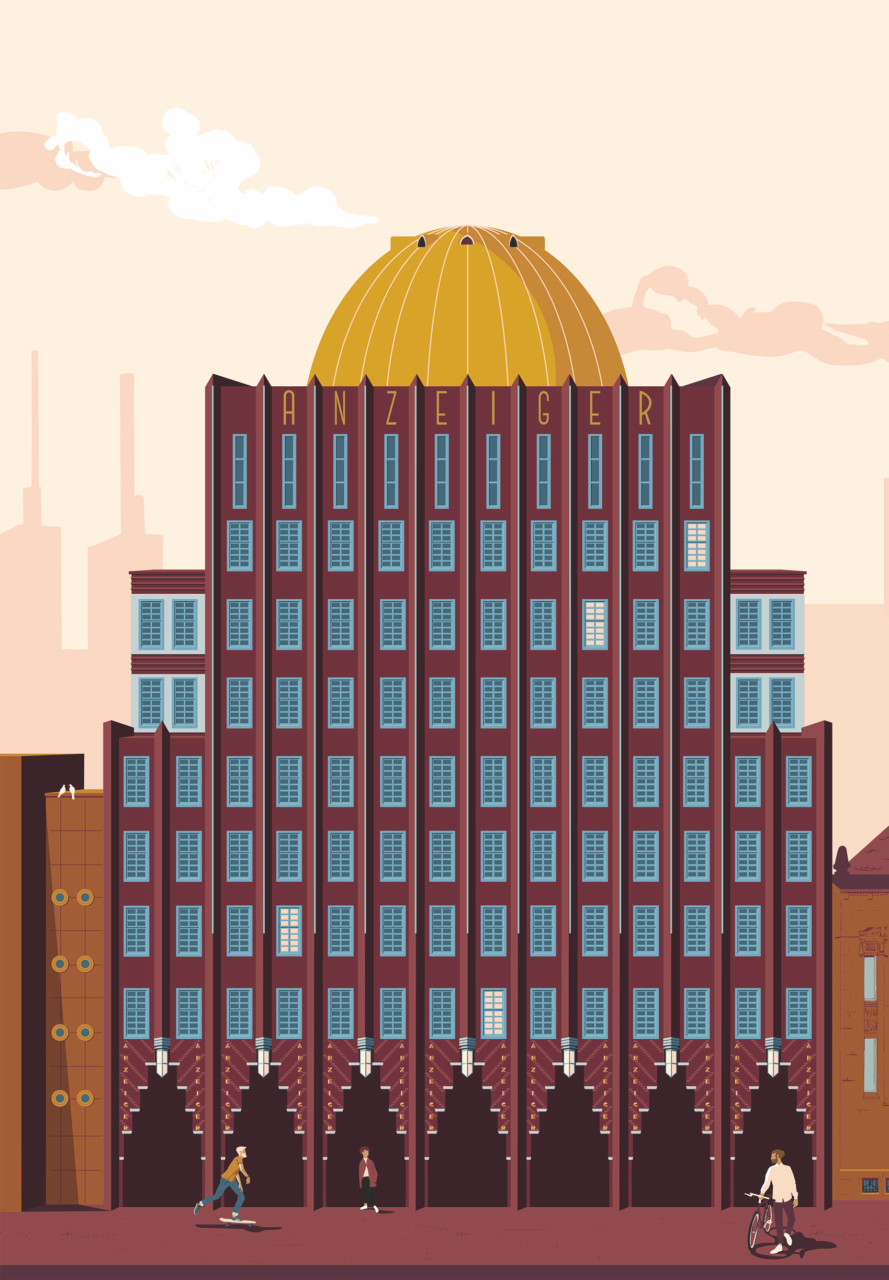
Illustre Welt, Swantje Osburg

Illustre Welt, Swantje Osburg

Illustre Welt, Swantje Osburg
Of course, there are also exciting photo series on Hannover. The artist Uwe Stelter, who has been portraying places in Hanover that are reminiscent of other cities since 1996, must be mentioned here. A prominently placed city name refers to the “city twin”. While Stelter’s series shows how international and multifaceted our city is and catapults us to distant places through the lettering, Swantje Osburg’s city views draw us deeper into what lies before us. We look closely. We lift our gaze.
The urban thinker Turit Fröbe can draw on a full range of methods when she wants to reconcile citizens with their city. Her most important question is about favourite places. So she starts a conversation with her counterparts, asks them to mark the places on a large map and asks for details and characteristics. Her colleagues from the Stadtdenkerei team then seek out these places and mark them. Signs are created everywhere in the urban space, which on the one hand allow citizens to participate in the intervention by the Stadtdenkerei and at the same time cause them to stumble in a figurative sense. The gaze of the casual passer-by is lifted from the ground to the favourite place of a fellow citizen. In parallel, a database of favourite places including their special features will be created, accompanied by an exhibition and a specific city tour.
When asked about her favourite place, the owner of “Illustre Welt” names several green spaces at once. When her children were younger, the playgrounds in the Eilenriede were her favourite destination. Where else can you find such a forest-play quality in the middle of the city? Swantje Osburg also mentions the Georgengarten, loves the Berggarten and talks enthusiastically about the atmosphere in the Herrenhäuser Gardens at 5 o’clock in the morning. “If you look at things differently, the result will be different!” once said Max Planck, one of the founders of quantum physics. With this in mind, I would like to cordially invite you to give it a try. Maybe after your next city walk you will also be a little #hannoverliebt(er).
Kathrin Albrecht in Stadtkind Magazin 6/23